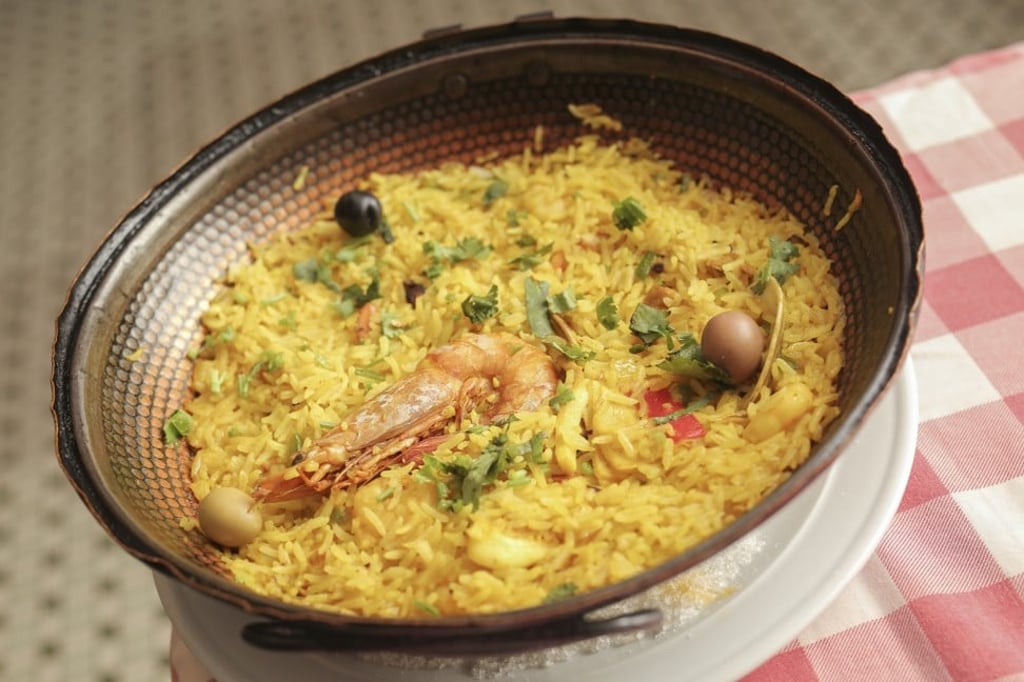A history of Macau in 10 traditional fusion dishes, from African chicken to devil’s curry
- Macanese cuisine in the former Portuguese colony has influences of Africa, India and Southeast Asia to thank for its variety of flavours and recipes
- Here are 10 memorable dishes to shed light on its history and culture

One of the best ways to connect with a city is through its native food. Macau has a wide range of comforting and delicious snacks and meals to offer, from the hot and tart devil’s curry to a crab salad made with papaya flowers.
The cuisine of the former Portuguese colony, on China’s southern coast, has been recognised as one of the world’s first genuine fusion foods. Macanese dishes have been influenced by both traditional Portuguese delicacies and savoury Chinese dishes for centuries.
Returned to China in 1999, Macau was a Portuguese colony for more than 400 years and the foundation of Macanese cuisine is Portuguese, writes António M. Jorge da Silva, author of Macaenses: the Portuguese in China.
With the Portuguese having already colonised parts of Africa, India and Malaysia for many generations, “the food the [Portuguese] foreigners ate had taken on a different character, employing local ingredients and methods of cooking,” the author points out. “However, the base food parameters were always Portuguese.”

The cuisine of Macau is also influenced by the dishes enjoyed in the tiny territory’s neighbouring nations. “Macanese food has had a strong Southeast Asian link over the centuries,” says historian Jason Wordie, the author of Macao, Past and Present, noting that the Philippine capital Manila and Macau have many similarities.
Although the Philippines had been a colony of Spain, for a number of years Portugal united with the Spanish crown under the Iberian Union. “Both [cities] are largely Catholic and were trading ports, about 700 miles [1,130km] apart,” Wordie says.